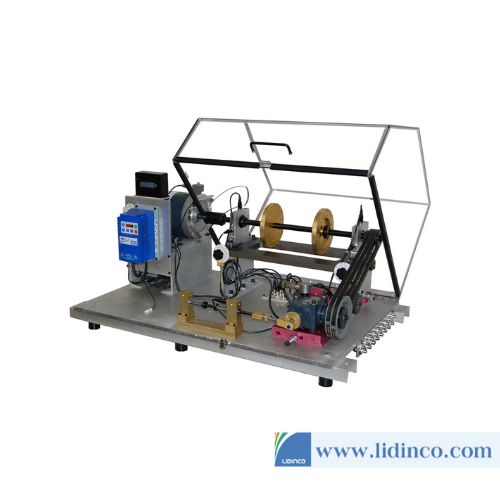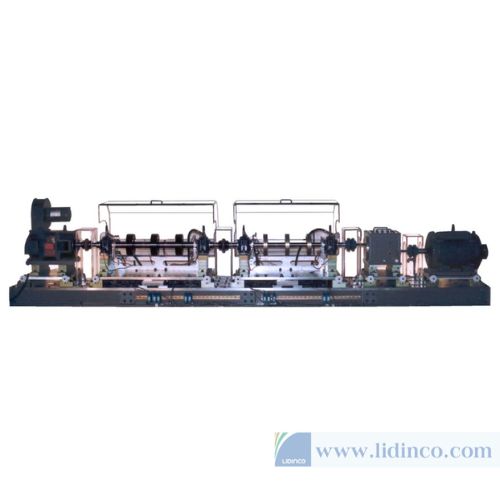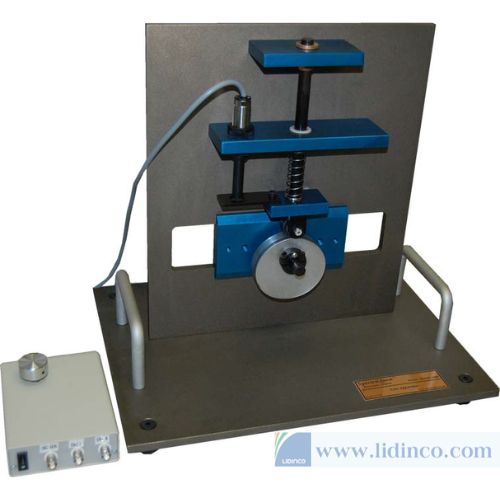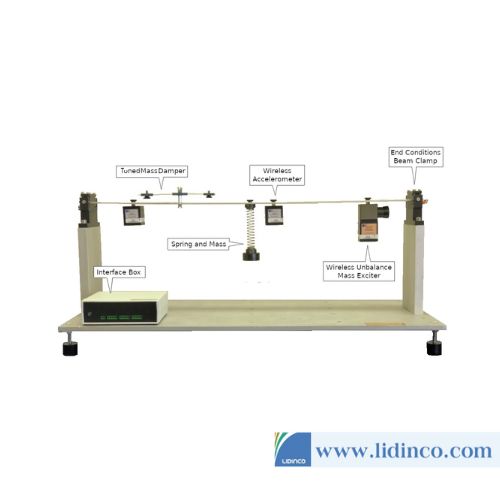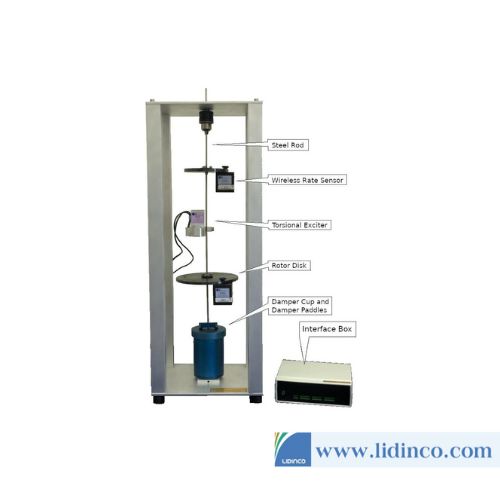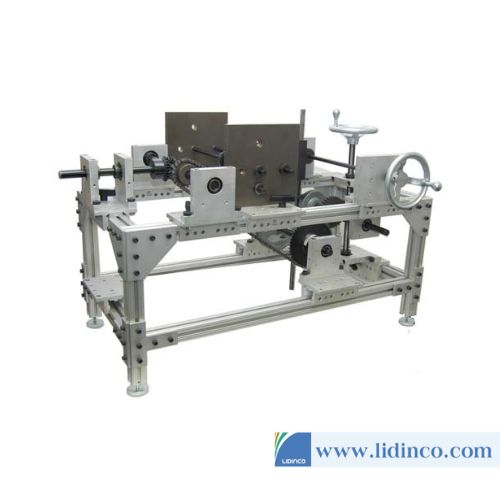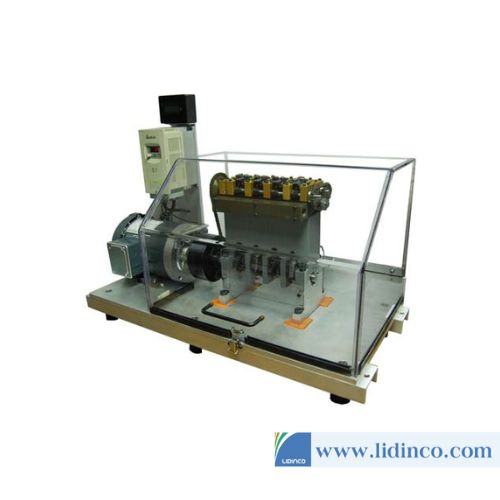Machinery Fault Simulator SQI MFS
Hotline: +84 906 988 447
Head Office: Ho Chi Minh City
- Tel: +84 2839 778 269 / 3601 6797
- Email: sales@lidinco.com
- Add: 487 Cong Hoa Street, Tan Binh Ward, Ho Chi Minh City, Vietnam
Office: Bac Ninh City
- Tel: +84 222 730 0180
- Email: bn@lidinco.com
- Add: 184 Binh Than Street, Vo Cuong Ward, Bac Ninh, Vietnam
-
 Technical Counseling
100% Free
Technical Counseling
100% Free
-
 Free Shipping
For 3.000.000vnd Order
Free Shipping
For 3.000.000vnd Order
Data is being updated
Description
To gain an in-depth understanding of different vibration signatures, controlled experiments on a device that emulates real world machinery are needed. While analysis of a single machinery fault may be beneficial, there are many occasions when the analysis of the interaction between dynamic stiffness, resonance, and speed is essential in order to gain an understanding of real world vibration spectra. With the MFS, the expertise required to diagnose industrial machinery problems in well controlled experiments can be developed and enhanced. With a plant running at full production, it is virtually impractical to gain an understanding of the kinetics and dynamics of machinery without adversely affecting production and profits: The MFS enables offline training and experimentation which in turn will minimize production downtime.
Features
-Simple methods for introducing controlled and calibrated faults.
-Study the vibration spectra of common faults, learn fault signatures and validate rules provided in training courses.
-Bench top machine for hands-on training and skill sharpening.
-Learn machine condition monitoring and predictive maintenance.
-Manual with exercises for individually paced study.
-Modular, versatile, robust, and comprehensive.
-Simultaneous reciprocating and rotating mechanisms.
-Learn resonance, variable speed, gearbox, and belt drive diagnostics.
-Learn to determine vibration transmission path and perform root-cause analysis.
-Study correlation among vibration, motor current, and noise spectra.
-Model rotor dynamics and its effects on fault signatures.
-Validate balancing procedures above and below the first critical resonance.
Accessories
Please login to write review!

